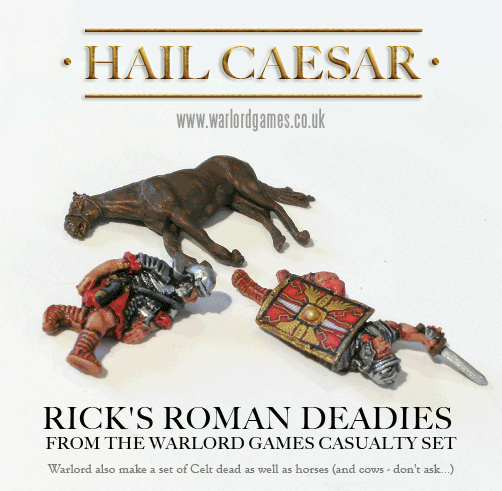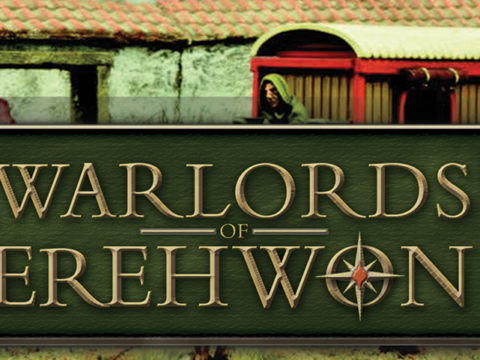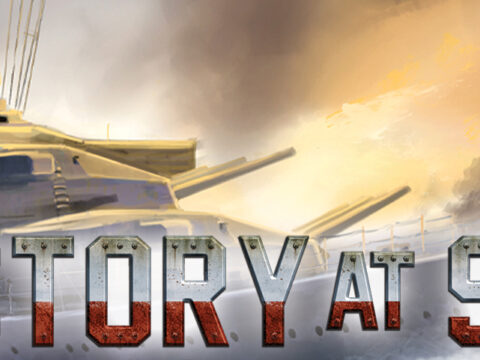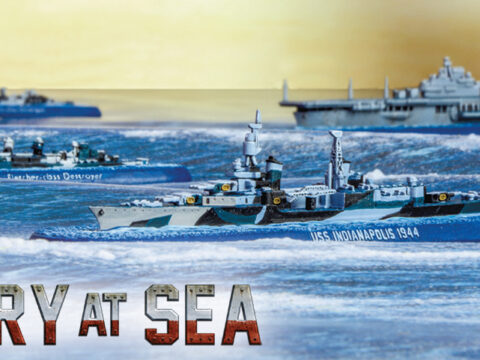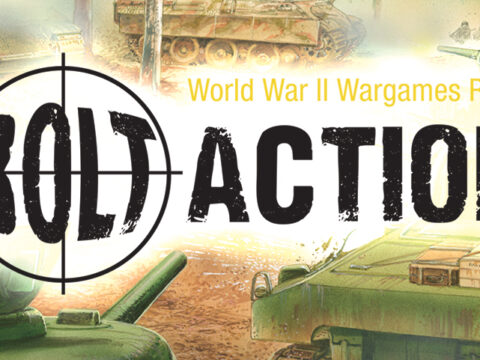Rick Priestley, author of our forthcoming Ancients rules: Hail Caesar, brings us another communique explaining the game further. Read on…
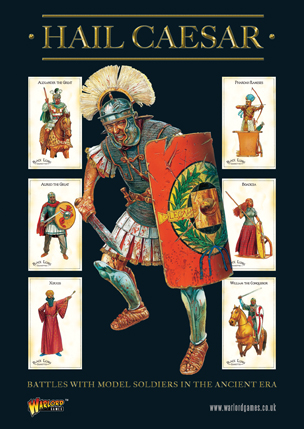
Rick: Today we have a relatively short piece on the Hail Caesar rules. We’re going to talk about how casualties are represented in the game and show a few examples of the kind of thing we’ve prepared for our own games.
Anyone who is looking for a more general overview on the game rules might like to look at my earlier update here.
Anyone desperate to plumb the depths of the basing conventions used in Hail Caesar will be relieved to find this exhaustive account here.
And for the really courageous reader there is this detailed account of the hand-to-hand combat system together with examples here.
The Hail Caesar game follows the same convention as Black Powder in that models are not removed when units suffer casualties. Instead casualties are recorded onto the units up to a predetermined maximum number – the Stamina value. Units that have the maximum number of casualties allowed are referred to as ‘shaken’ and risk being broken and removed from the game altogether. This usually follows after a break test initiated by close combat or as a result of ranged attacks. As such, casualties inflicted on a unit don’t literally represent men killed – they represent the gradual depletion in a unit’s ability to fight due to individuals falling dead and wounded, but also take account of exhaustion, loss of morale, incapacitation of leaders, and so forth. None-the-less it is convenient and dramatic to think in terms of ‘casualties’ and so this is the term we prefer to use.
In Black Powder units can usually take three casualties maximum – they have a Stamina value of 3. In Hail Caesar standard sized units have a Stamina of 6 whilst small units have a value of 4. The reasoning behind this is discuss in my earlier overview of the game so I won’t go into it here. Suffice to say, a standard sized unit can potentially have one to six casualties that need to be recorded in some fashion.
Casualties can be recorded in any way the players like – either by the use of markers of some kind or by simply keeping a record on a note pad. We find it convenient to use markers either in the form of model casualties or shields, which we place next to the unit to show how many casualties it is carrying. Individual ‘deadies’ or shields don’t look too out of place on the battlefield and are a fairly easy method of going about things. Shields have the added advantage that they can be fairly generic, and so can be used for different armies.
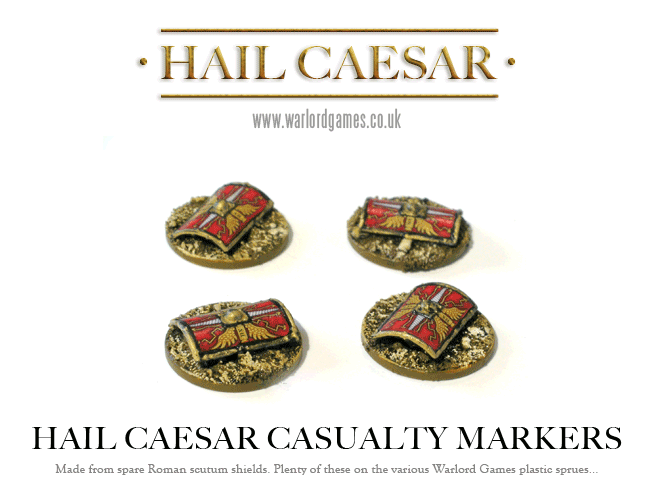
Once the casualties mount it can get a little difficult to recognise at a glance whether a unit has its full quota and is therefore ‘shaken’. This is not so much an issue with Black Powder, but with Hail Caesar it is worth placing a distinctive marker as the final marker, such as a particular coloured shield. Another option that has been suggested is to use different coloured shields to represent different values – say ones and twos, allowing the total number of markers to be reduced to three. Although a good idea in principle we rarely remember –such an option is only available to the well-organised which rules us out and no mistake.
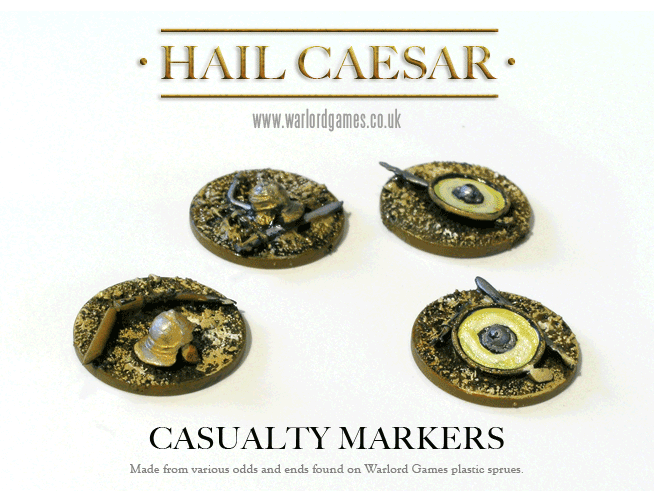
Of course it is perfectly acceptable to use cardboard or plastic chits if that is your preference, and such a utilitarian approach need not be quite the eye-sore it might at first appear. For example, if you make up a casualty base that has space to place a card chit or dice on it, then this need not be too obtrusive if a suitable colour is chosen. We have found this the best way of recording casualties on chariot units – with a single chariot wreck and a dice placed in the cab to show the number of casualties carried by the unit.
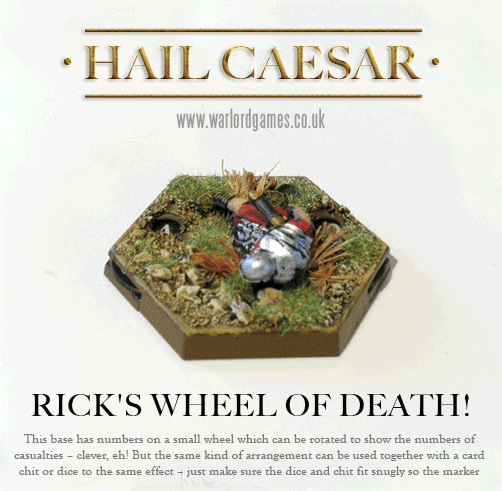
Another good source of casualty markers are spare bits and pieces from the plastic sprues. These can be mounted onto washers or coins to make suitable tokens. For example, discarded helmets, broken spears, and cast aside swords can all serve as casualty markers for practically any troops. This also leaves the option open for using actual deadies either as multiple values (twoers) or as the final casualty (allowing shaken units to be recognised more easily).
Aside from casualties it is necessary to mark units that are ‘disordered’. Units that are disordered cannot move in the command part of the turn – so this is an important distinction. When developing Black Powder we adopted whisps of gunsmoke – in fact kapok or cotton wool. When it came to Hail Caesar we simply carried on using the same whisps of kapok, whilst all the time thinking that we must come up with something more appropriate to the ancient era. Then, whilst introducing the game to that masterly painter and owner of some of the most beautiful armies to grace our wargames table Phil Hendry, that luminary when finding his Persians wreathed in kapok was heard to exclaim, ‘Aha – dust clouds!’ ‘Yes’ we all nodded sagely, ‘dust clouds’. And so we stopped worrying about the kapok and just accepted that it represented dust driven up by the milling, confused mass. Of course, whether you get much dust on a wet afternoon yon side of Hadrian’s Wall is a valid quibble – but practicalities dictate that even in Scotland the sun does sometimes shine.
Of course players can use other markers to represent disordered troops – or simply remember – though we’ve never had much success on that score admittedly. We have sometimes resorted to using a tiddlywink, though only because we forgot to bring any kapok along (see what I mean about remembering).

